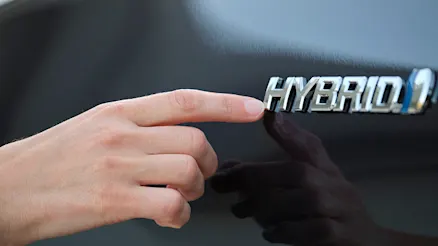
Why hybrids are quietly winning Australia’s EV race
Hybrid vehicles in Australia are currently more popular than full battery EVs. The difference comes down to factors like pricing, variety and range.
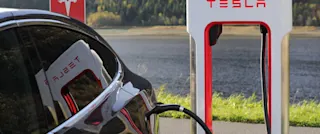
Did you know in the late 19th century people thought the future of transport was motorised horses? We’ve come a long way from the horse and carriage with hybrids, plug-in hybrids, and full electric cars. They’re becoming an increasingly common sight on our roads, with sales numbers charging ahead. In 2022, a Deloitte automotive study found that a combined 40% of Australian consumers prefer to buy hybrids, plug-in hybrids or EVs for lower fuel costs, less maintenance, and climate change concerns as their main reasons. With that said, the transition to electric is still daunting to some, so we’re here to put some facts straight. Here are 9 EV myths, busted:
Busted: Electric vehicles are here to stay. Automakers around the world have big plans for EVs, investing heavily in development and transitioning towards an all-electric future. In particular, Volvo has already overhauled their entire current model range to hybrid or electric, and pledged to sell electric-only cars in Australia by 2026.
On a global scale, 2023 is projected to see 14.3 million new EV sales - a massive 36% growth over 2022’s 10.5mil. To put that into perspective, 1 in 7 cars sold globally are electric. Locally, we’re also seeing NSW government commitments to electrification with EV rebates, major EV charging infrastructure funding, and reducing emissions by electrifying government fleets.
Busted: Charging infrastructure in Australia is growing rapidly. With developments from federal governments to local councils, EV charging infrastructure is ever-expanding across Australia. EV charging stations are becoming as common as petrol stations in metro areas. According to the Electric Vehicle Council, as of 30 June 2023 there are 967 individual high-power public EV chargers in service, with a 57% increase in high-power charging locations (with multiple charging bays) compared to 2022.
Online charging maps or apps like Plugshare can help you find the charging points around you. Charge while you’re at the shops, at home, or at work, the world is your oyster!

Busted: Charging times vary, but they are improving. It all comes down to where and how fast you choose to charge your EV. Trickle charge, AC charge and DC charge are the three types of charging available to all EV drivers, and voltage across these types can range from 230-450V. DC charging is currently the quickest way to charge, taking 20-40 minutes to charge from 10% to 80%.
While it’s true that these charge times can’t beat a 10 minute trip to the petrol station, it certainly eliminates ever having to go to one or pay for petrol or diesel. You can charge your EV at home overnight, leave it at a charging station while you’re at the shops or at work, and the car will be all charged up and ready to go where you need.
Busted: EVs tend to have fewer maintenance issues. “EVs have less mechanical parts than ICE vehicles, so you won’t need to worry about oil changes or transmission problems,” says Hugo Acosta, Carma Director of Vehicle Operations, “other wearing items like wiper blades, tyres and brakes will still need checking and replacing just like petrol or diesel cars.”
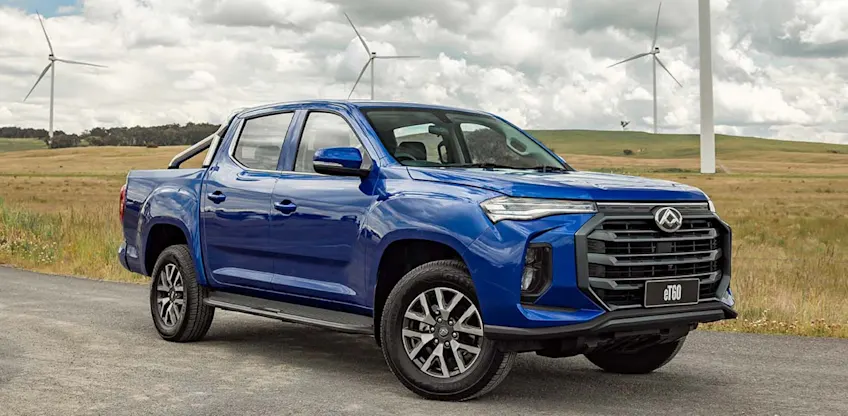
Busted: EVs come in all shapes and sizes. Not just as Tesla Model 3s either. They might look like sedans, but many EVs come in all kinds of vehicle classes. The Polestar 2 is actually a hatch, and the Tesla Model Y is an SUV. Did you know there’s also electric utes and vans? With more and more new electric cars on the way, there’s certainly more excitement to come. Carma Director of Buying Peter Willis offers this: “There’s flashier manufacturers like Tesla that make cars that feel futuristic and offer a unique driving experience, meanwhile there’s also established brands like Hyundai and BMW that take a lot of their experience into making electric cars that appeal to consumers they already cater to.”
Busted: EV prices are becoming increasingly competitive. While the upfront cost of some EV models can be higher than their ICE counterparts, they often offer lower costs of up to 70% fuel savings and 40% maintenance savings. While the upfront cost of an EV is still higher at the moment, the total cost of ownership is lower.
EV ownership is only going to become more and more affordable in time. Developments in battery technology, decreasing production costs, and government incentives are just a few things that bring that all together.
Busted: Battery technology is improving rapidly. Modern EV batteries are designed to last for many years, often with warranties covering 8 to 10 years or more and usually longer than the car itself. When the EV battery does reach the end of its life, battery recycling and repurposing efforts (for renewable energy storage, for example) gives it a second life and reduces waste.
Busted: The grid, along with EV technology, is adaptable and evolving. To futureproof our EV world, governments and utilities are working towards infrastructure to support the demands of electrification. Charging during off-peak times overnight can also be a way to accommodate the increased demand.
Modern EV models like the Mitsubishi Outlander PHEV or Nissan Leaf have a vehicle-to-grid (V2G) function that discharges battery back to the grid. This means the energy stored in the battery can be supplied back to the grid to power your own house or even sold.
Busted: Many EVs are faster than traditional cars. Take the BMW i4’s 3.9 seconds 0-100km/hr time for example. That’s because EVs get instant torque from their electric motors. It’s most noticeable at takeoff, where the instant torque provides faster acceleration than their ICE counterparts. Along with instant torque, their traction control systems can also fully capitalise on tyre grip to allow faster acceleration.

Hybrid vehicles in Australia are currently more popular than full battery EVs. The difference comes down to factors like pricing, variety and range.
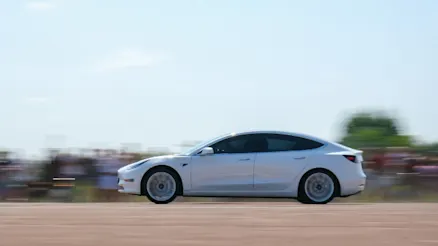
The Australian Government has confirmed an EV road user tax will apply in the future. So is this a good idea or an unfair one? Let’s get stuck in.
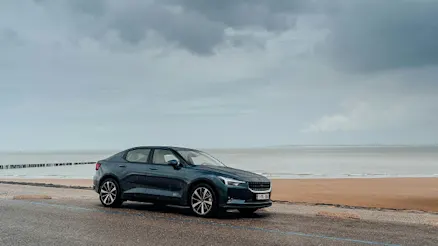
Are EVs losing popularity in Australia? As we explore, there’s still plenty of interest in electric technology but the issue is multifaceted.